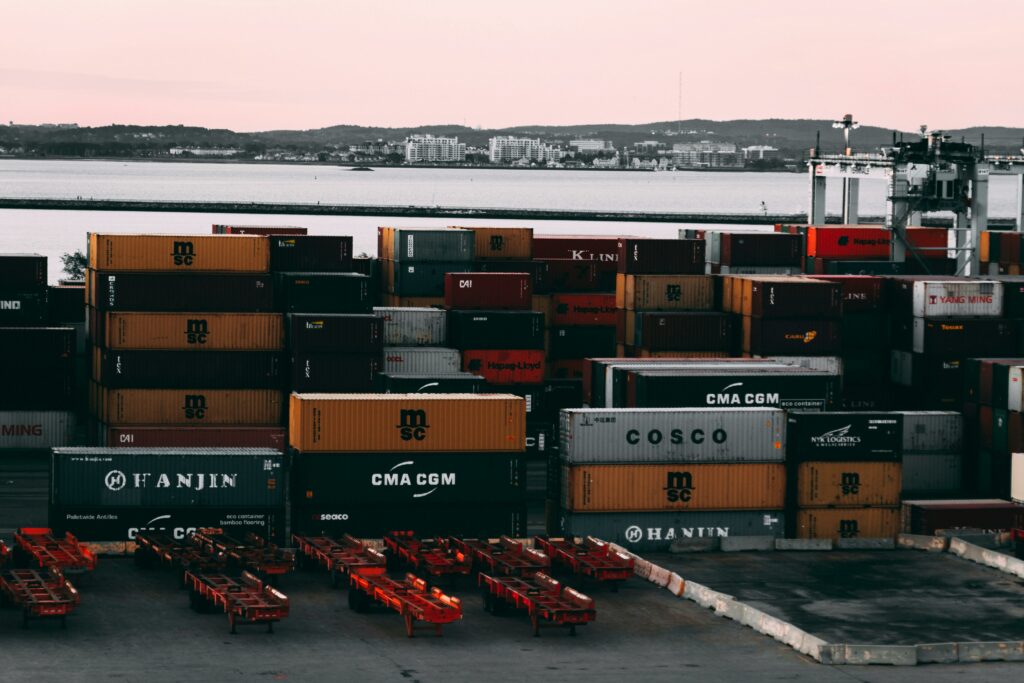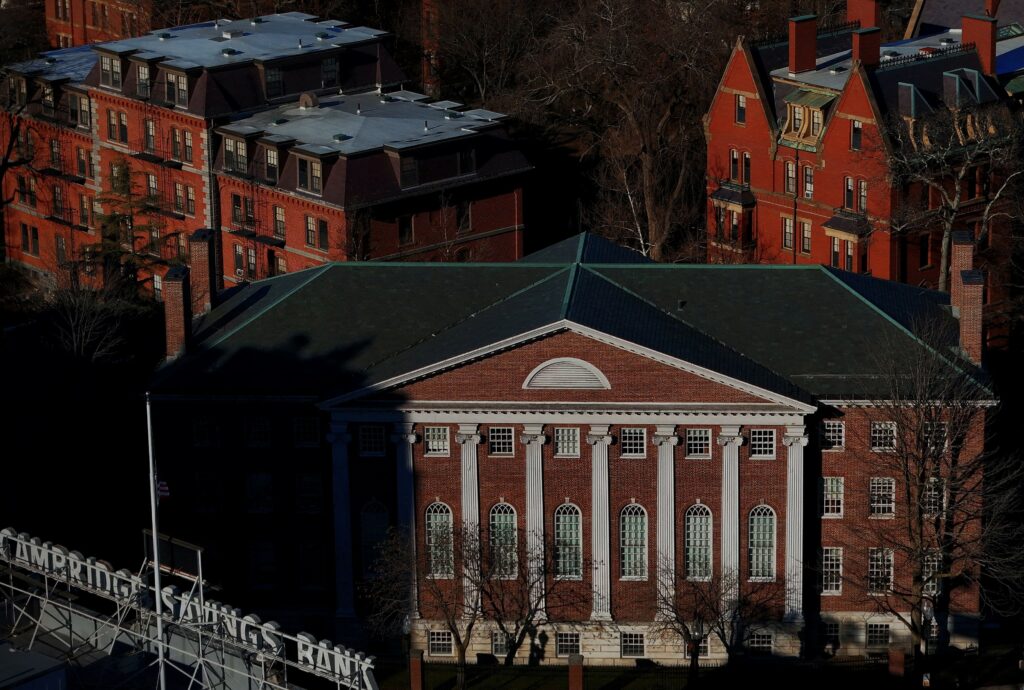
In a dramatic shift in trade policy, President Donald Trump announced a 90-day suspension of most tariffs, dialing them back to a flat 10% for nearly all U.S. trade partners. The surprise move, made on April 9, 2025, sent shockwaves through financial markets, igniting a historic stock market rally and providing temporary relief to industries struggling under the weight of aggressive trade levies.
However, the truce does not extend to China. In fact, the administration more than doubled tariffs on Chinese imports to 125%, escalating tensions in what has already been a high-stakes trade war. The latest move follows China’s retaliatory increase in tariffs on American goods, which now stand at 84%, impacting key U.S. exports such as soybeans, cars, and semiconductors.
Wall Street Cheers, Businesses Breathe a Sigh of Relief
The market’s reaction was swift and euphoric:
- The Dow Jones Industrial Average skyrocketed by 2,400 points, its biggest one-day gain in five years.
- The S&P 500 surged by over 7%, fueled by investor optimism that the tariff pause would ease pressure on global supply chains.
- Major fashion and retail brands, including Nike, LVMH, and Kering, saw their stock prices jump as much as 30%, reflecting relief from what had been growing trade burdens.
With the U.S. economy facing headwinds from persistent inflation and slowing growth, the temporary rollback of tariffs has been seen as a necessary lifeline for American manufacturers, retailers, and import-dependent businesses.
Why the Sudden Shift?
Treasury Secretary Scott Bessent framed the move as a “strategic pause” rather than a policy reversal. According to the administration, the goal is to open up individual trade negotiations with key partners while allowing markets to stabilize.
Yet, many economic analysts believe the decision was driven by pressure from investors and business leaders, who had warned that prolonged trade disputes were pushing the U.S. toward a recession.
“The White House was facing mounting pressure from the markets and corporate leaders,” said one Wall Street strategist. “This gives them breathing room, but it doesn’t mean the trade war is over.”
China Faces the Heat
While most of the world received a tariff break, China was hit with a hammer. The 125% tariff increase on Chinese imports is the largest escalation yet in the ongoing U.S.-China trade war.
Beijing has yet to announce its response, but early reports suggest China may target U.S. companies operating in its territory, tighten restrictions on American goods, or introduce new retaliatory tariffs. Given the high stakes, this latest move could push relations between the two superpowers to a new low.
What Happens Next?
The 90-day tariff suspension raises significant questions:
- Will the U.S. strike new trade deals before the suspension expires in July?
- Will tariffs on autos, steel, and aluminum—which remain at 25%—be reconsidered?
- How will China retaliate, and will this spark another economic standoff?
For now, markets are celebrating, businesses are hopeful, and the world is watching. But with Trump’s unpredictable approach to trade policy, what happens next is anyone’s guess.



